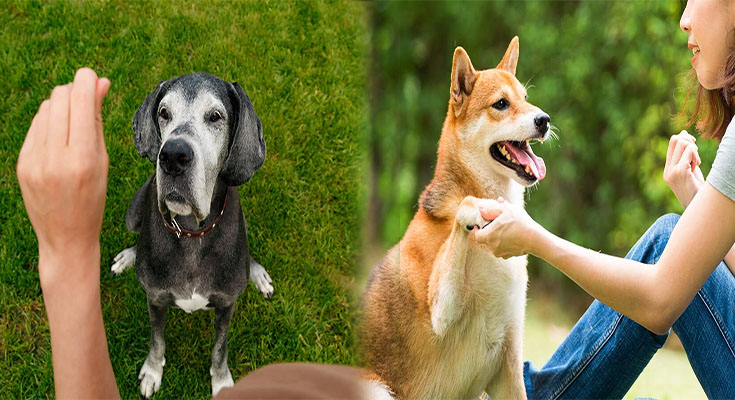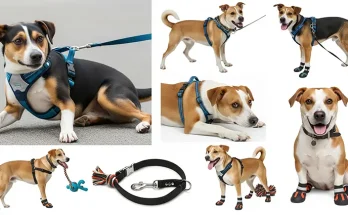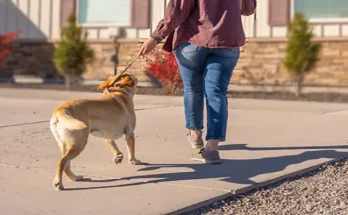When you have a new dog, it’s easy to get carried away with excitement. You’re probably envisioning long walks through the park, fetch games in the yard, and so much more! To make sure that your dog is happy and healthy (and in no way resembles a wild animal), it’s important that you properly train them. Training will help ensure that your pet has good social skills, learns their boundaries and house rules early on, and establishes good habits right off the bat.
Housebreaking
Housebreaking your new dog is the first step to becoming an owner. It’s important that you take the time to train your dog and teach them what you expect from them.
To start housebreaking, begin by taking your dog outside every hour or so for a short walk. When he does his business, praise him and give him treats as a reward for being good! If he has an accident inside of the house, there’s no need to punish him–just clean up after him immediately so that there are no lingering smells or stains left behind (this will make it easier when it comes down time). However, don’t give attention when they have an accident because this can lead into other bad habits such as barking at strangers or jumping up on furniture without permission; these behaviors can be difficult if not impossible later on down the line if they aren’t corrected now while still young enough where most dogs won’t remember these things happening later in life anyway! Also keep in mind that leaving them alone long periods during times like workdays/weekends where nobody around means more likelihoods for accidents occurring due
Leash training
The leash is a tool that can be used to help you train your dog, but it’s also something that needs to be taught and learned. If you want your dog to walk by your side or heel, then this is an important skill to teach them early on in their lives.
Leash training starts with getting them used to wearing the collar around their neck and learning how it feels when they pull against it while walking on a leash. When they do this, stop moving forward until they stop pulling or try something else (like sitting down). You can use treats as rewards for good behavior while teaching them how not pulling works better than fighting back against their efforts at escape!
Basic commands
The first commands you should teach your dog are “sit” and “down.” These two basic commands will help you keep your dog under control, especially if he’s young and excitable.
Once he’s mastered these two commands, it’s time to move on to more advanced training. Next step: teaching him to stay in place until given permission by his master (you) to come out of the position he has been put into–whether that be sitting or lying down on his belly with all four paws touching the ground. This command is useful when trying not only for obedience but also safety reasons; if you don’t want Fido running into traffic after hearing something interesting outside, tell him “stay” before opening the door! The last one we’ll talk about here is called “come,” which allows owners total control over where their pets go at any given time by simply calling them back when they’ve gotten too far away from home base (i.e., wherever they belong).
A dog can be a great companion if you train them correctly.
Training a dog is an important step in becoming a responsible owner. You will have to train your dog to follow basic commands, like sit and stay. If you want to teach them more advanced tricks, like turning lights on and off or fetching things for you, that’s even better!
The first thing that you should do when teaching a new command is to make sure they understand what they are supposed to do before moving on. For example: if I am trying to teach my dog “sit”, I would say “sit” while pointing at him/her until he/she sits down on his own accord–then reward him/her with treats or praise (or both).
I hope this article has helped you understand how to train your dog. If you’re not sure what kind of training is best for your pet, please contact us at PetSmart and we can help!





